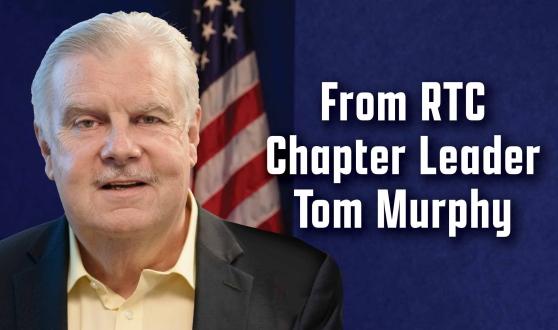This year is an off, off year for elections and that means we have a political breather. But it is not a time to be idle.
The UFT has long been considered the AFT’s flagship local. Our Retired Teachers Chapter has a national reputation when it comes to retiree activism, providing member benefits and engaging in political and union organizing. In a post-Janus world, the UFT and NYSUT have prepared well for attacks against public employee unions. While we still don’t know the full effects of that court decision here in New York or across the country, we’d like to share our successes in solidarity with our fellow union members.
Our UFT/RTC has developed historically in incremental ways and we had visionary founders who kept retirees as part of one seamless, integrated organization. Also, we have great resources in talent and political strength with 66,000 members.
Therefore, not everything we have or do can be replicated elsewhere. But some of it can serve as an organizing model. And many UFT retiree volunteers have already had meaningful experiences helping AFT-affiliated unions across the country.
In many areas of the country, the AFT would like to organize retiree members and their labor allies into viable entities that can offer members a way of continuing their union activism. For example, the AFT has asked for our assistance in Arizona in organizing other retirees there.
In some states and cities, retiree groups that already exist could grow and develop to become powerful organizations. The AFT local retiree leadership in Pittsburgh told AFT Retiree Conference participants last summer what they are doing. We have sent volunteers to help in their political campaigns and we’d like to help in other ways as well.
We know that some newly involved members — call them prepolitical — respond better to non-political activities such as educating members about Medicare, Social Security, Medicaid and the Affordable Care Act. Or engaging them in cultural activities, trips, sports events or inviting labor-friendly speakers to meetings. The political aspects of these activities should be low-key and approached with audience membership sensitivity in mind, at least initially.
Prepolitical education can help make some wary members become more in tune with union activities since it doesn’t make overt demands on political affiliations or threaten political comfort zones.
How do you then make the political leap to engage formerly reluctant members to become political union activists? That’s a matter of leadership judgment — an issue of timing. So this political down time presents an opportunity to organize new retiree groups or build and develop existing groups through which a political connection can later be made.
It is important to point to more than 100 years of organized labor’s belief that government, at its best, can be a catalyst for social good. All the enlightened policies from labor legislation to worker protection have come about when union members pressured elected officials to enact them.
And it is important to be optimistic that retiree union members all over the country can become part of a powerful, collective voice. The labor movement has always been optimistic, even in the toughest of times. Let’s appropriate an immortal line from the movie “Casablanca” — “Welcome back to the fight. Now I know our side can win.”
